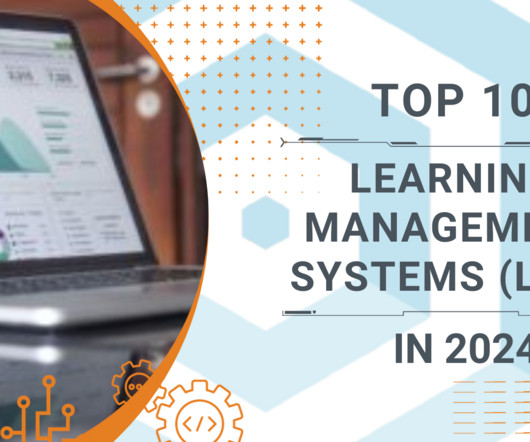Top 10 Learning Management Systems (LMS) in 2024: Full Comparison
Appsembler
NOVEMBER 19, 2023
Whether it’s a lack of features, high costs, or a complicated user experience, there are alternatives for you. Limited Offline Capabilities : Internet access is generally required, limiting offline learning opportunities for non-downloadable content. In this guide, we will help you navigate your LMS choices.




















Let's personalize your content